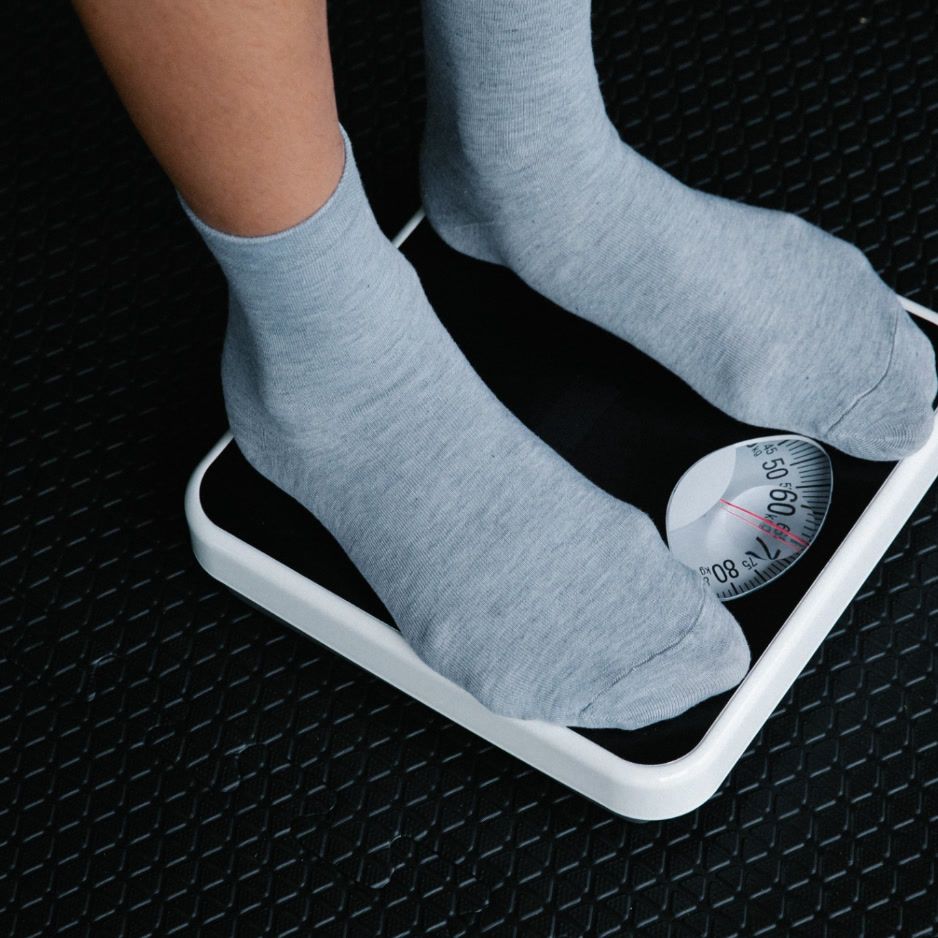Fat Loss Factors Post 4: Hormones and Menopause

Over the years, we've seen that fat loss is a pretty common goal across people of all ages, whether it be 50+ pounds or just a few off the belly.
We can also attest that compared with men, women generally have to work harder to see equal results. And in the case of post-menopausal ladies, sometimes that hard work STILL barely makes a dent in the stubborn belly fat.
This is not just anecdotal - it is a REAL thing, it is largely caused by hormones, and it is SO frustrating. But it doesn't mean that fat loss is impossible!
Here are some reasons why this happens, and a few ways of dealing with them to see the results you are looking for.
Building Muscle
All women have lower levels of testosterone compared to men, as well as lower circulating levels of human growth hormone (HGH). These are hormones that aid with building muscle, and without them, that process simply takes longer, and requires more work and precise nutrition.
One consequence of struggling to build lean muscle is a lower resting metabolic rate (RMR). In general, women require fewer calories to sustain themselves. This also means that minor diet "slip-ups" can cause larger setbacks. We're sure you've heard it too - people who say "I swear I eat ONE cookie and gain a pound!"
When women reach menopause, the levels of various hormones that impact metabolism and body composition change again. Decreasing estrogen results in a shift of fat storage from the hips and thighs to the belly, and also results in a further slowdown of metabolism. A 2010 study found that women gain an average of 12 pounds within 8 years of starting menopause.
So now that we know the depressing facts, let's shift to hopeful solutions!
What To Do?
Proper diet and exercise are key to combating the belly fat creep after menopause. Just know that what worked for you before may not continue to work now.
The best approach from the nutrition side is to have your resting metabolic rate measured, and then work with a dietitian or nutritionist who can assist you to determine your particular calorie needs based on how much your body is burning.
It's also very important to be consuming a diet that includes the proper balance of carbs, protein and fat to support muscle building and fat burning. One frequent pitfall I see is that women just slash their calorie and carb intake TOO low, which may help with weight control but will also make it nearly impossible to build or even maintain muscle.
With regards to exercise, it is likely that you will need to do somewhat more exercise than you used to in order to maintain the same benefits. This doesn't mean hours and hours of extra cardio though!
Here are a few ways you could tweak your program to see results:
1. Increase your strength training.
Strength training is the BEST way you can stimulate muscle building, and this can balance out any slowdown in metabolism that is due to hormones. It will also benefit your bone strength, as resistance training builds bone density!
If you weren't doing any strength training before, start now! And if you were already strength training, see about working with a trainer to make sure you are safely pushing yourself hard enough (i.e. using enough weight, and doing the proper amount of sets/reps).
Don't completely write off strength training if you have health conditions or injuries, as there are a variety of safe and pain-free ways to accommodate these issues. Resistance bands or TRX training can be a good place to start, and studies show that joint pain is often decreased by a regular exercise program.
2. Add in some more walking to your week.
Walking is a weight bearing exercise, so it stimulates muscle and bone strength in the lower body while burning calories.
Increase the challenge in your walks by finding some hills or stairs to walk up and down a few times, and try to keep increasing the number of hills as you get stronger. You don't have to be drenched in sweat every time you go for a walk, but try to find an intensity where you couldn't sing a song while you walk!
3. Just try a new activity a couple times per week.
The best exercise is something that you enjoy and will actually DO regularly, so try out some different classes or activities (Water aerobics? Tennis? Zumba?) and see if anything sticks. Simply changing up your routine is fantastic for challenging your muscles in a new way and stimulating your body to burn more fat.
4. HIIT it!
If you already have a high baseline fitness level, there is a lot of encouraging research on HIIT training sessions for post-menopausal women.
These are short workouts performed at a very high intensity level - think cycling for 20 seconds as hard as you can, then recovering for 10 seconds, then repeating that 8 times total. That is one round, you could build up to 3 rounds (talk to a trainer about TABATA training for more information).
5. Stay positive!
Focus on the other benefits (meaning, besides losing belly fat!) of eating well and getting regular exercise. You will very likely have more energy, sleep better, stave off anxiety and depression, improve your blood pressure, blood sugar, and cholesterol, and that's just a short list.
It can be demoralizing when the scale doesn't change quickly, but slow and steady progress really is the key here. Finding a balanced lifestyle that works for you, rather than a "diet" approach, is so important.
Sources:
ACSM recommendations for exercise and menopause
Study: Effect of Diet and Exercise on Trunk Muscle in Menopausal Women


